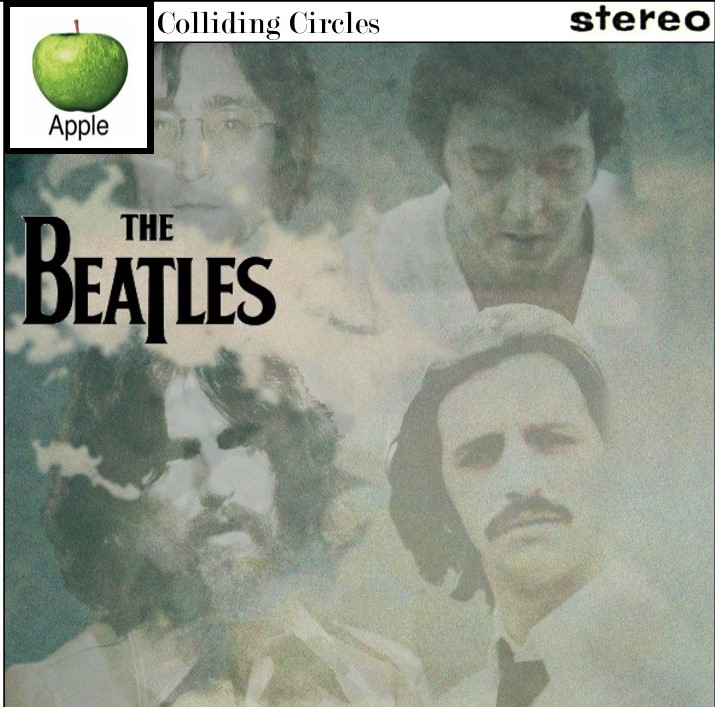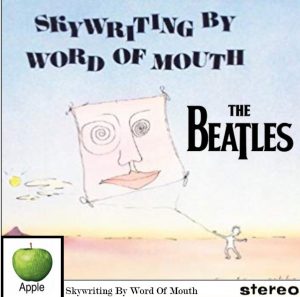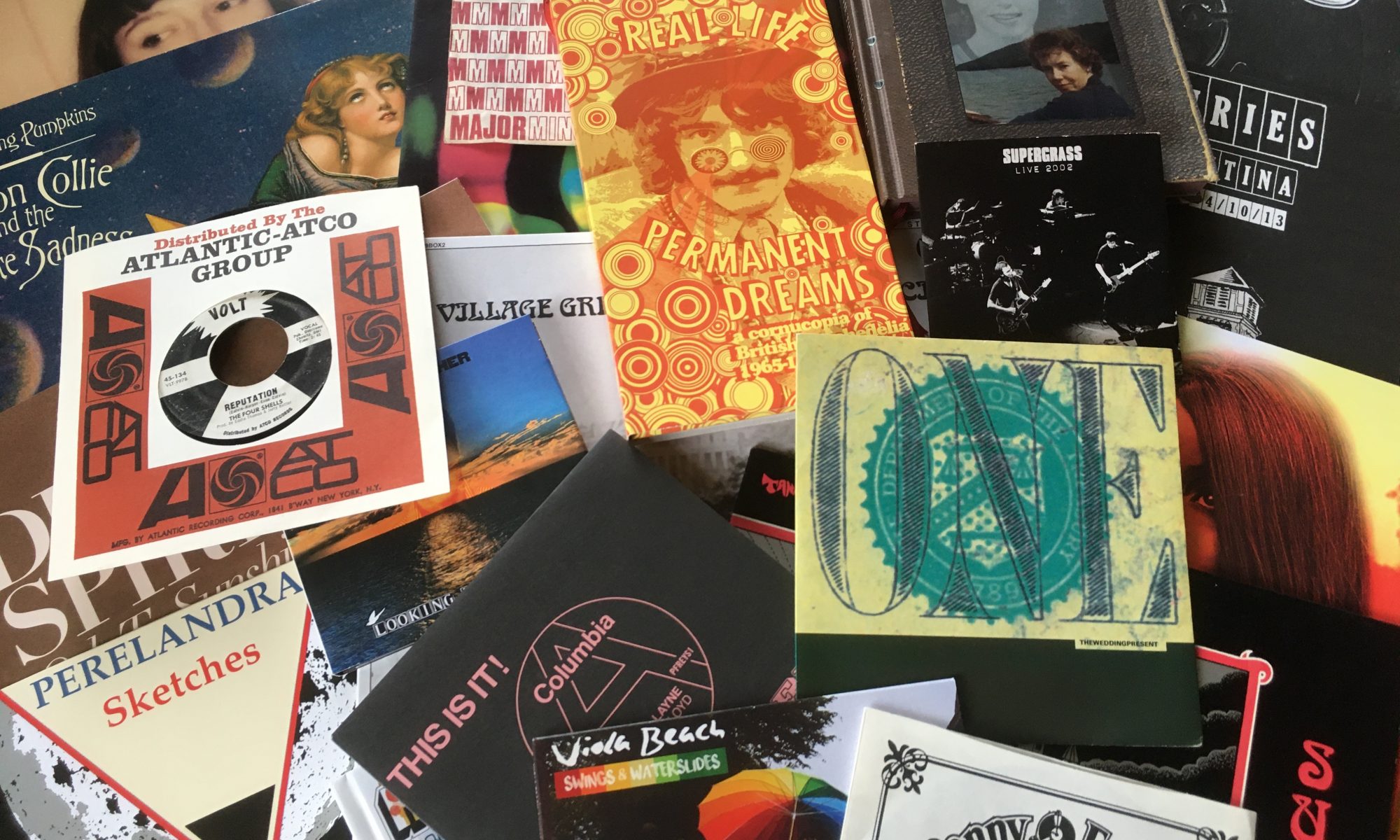
In January 1972, the rumour mill surrounding the band goes into overdrive, with talk that they are going to be a touring band once again, six years after their last show (not including the Rooftop gig from 1969). The rumours prove to be accurate but not in the way anyone would expect. Even though they played live at the Bangladesh concert, there were enough musicians on the stage to cover over the rustiness. That, and the fact that the set list was full of songs from when they were a touring act meant it was a bit easier for them to play, especially at such short notice. Now back on the road, they wanted to include more recent material, but they knew that the four of them would not be able to play those songs without additional musicians. They asked keyboardist Billy Preston to join them once again, as well as a few members of the Hollywood Horns and old friend Klaus Voorman to double up on bass or rhythm guitar, reasoning that this would free up McCartney for additional keyboards and guitar parts depending on the song. Lennon and Harrison are very happy with this arrangement because even though the pair of them have played bass on some of the Beatles records, neither of them felt comfortable playing that instrument on stage.
To make sure they are stage ready, the band play a number of very small venues around the UK, some of which they played on their first tours in the early 60s. As not to raise suspicion, they go out under a number of pseudonyms such as The Ramones, The Gripeweeds, The Firemen and The Reverend Fred Gherkin Band. The pseudonyms came in useful because they could use these smaller shows to get a feel for the live environment and bed in their set. News leaks that The Beatles are touring small venues in the UK under pseudonyms and fans look closely in the music press for any hint that the band are playing near them. When it becomes clear that the names being chosen can be seen as being a bit on the silly side, any act that fits the bill sells out the venue. A number of novelty acts of the time find themselves with a much larger, but very disappointed set of fans that had come to the venue in the expectation of seeing someone completely different.
When the tour is finally announced in the April, it is revealed that the band will be playing in North America (USA and Canada), Australasia, Hong Kong, India (where Ravi Shankar is set to be the support act) and Europe (Germany, France, Spain, Sweden, and finally the UK). The tour will finish with a set of homecoming shows in Liverpool. After the tour of small venues finished, the band meet up once again with George Martin to record some new songs that could be released as singles throughout the year. The three-principle writers all present material but in the end, four of McCartney’s songs were selected.
The songs are all recorded and the first single is released as the tour starts in May and the second comes out in time for the Christmas market. The first single, ‘Hi Hi Hi’ is banned in the UK by the BBC for what is thought of as a sexually suggestive lyric and perceived drug references. When asked about this, McCartney says “The BBC got some of the words wrong. But I suppose it is a bit of a dirty song if sex is dirty and naughty. I was in a sensuous mood in Spain when I wrote it”. Lennon likes the fact that he is still relevant enough to be on a banned single. When it comes to ‘My Love’, the second single, Lennon mocks McCartney for having criticised Phil Spector over the production of the Let It Be song, ‘the Long and Winding Road’, and then asking for the same thing for ‘My Love’ from George Martin.
Singles (1972)
- Hi Hi Hi Single A-Side
- Little Woman Love Single B-Side
- My Love Red Rose Speedway
- When The Wind Is Blowing Wildlife 2018 Edition
The band hit the road for the summer months of 1972 and sell out stadiums everywhere they go. This proves to be the highest grossing tour of all time, but by the end, they are tired and in need of a well-deserved break. The tour had been a selection of mostly newer songs from the ‘White Album’ onwards as they felt that material was more in tune with the times. The only nods to the mop top days are in the encore where they play ‘I Want To Hold Your Hand’, ‘A Hard Day’s Night’ and ‘I Saw Her Standing There’, which all go down a storm. The critics were full of praise for the band but by its conclusion, Harrison once again says that he will not be in a hurry to repeat the experience. He is still interested in making more music with the rest of The Beatles so retires to his home in Henley on Thames to relax and work on material in his home studio. McCartney does the same producing a solo single for the film Live and Let Die. Starr decides to go off to the US to hang out with the likes of Harry Nilsson, having earlier in the year played on his Son of Schmilsson album The two also appear together in a film for Apple, Son of Dracula. He has never been the most prolific of writers and feels that hanging out with a writer of the calibre of Nilsson might stir his creative juices.
Lennon goes back to New York and straight into sessions for an album that Yoko Ono was making called Approximately Infinite Universe, which would be released early in 1973. He also uses the time to lay down some tracks with more of a political edge, which he and Ono had written the year before but not recorded. He decides to release a couple of songs under the Plastic Ono Band moniker to test the water with the view of releasing them on an LP if successful. The single comes out just before Ono’s solo album. The A-Side is ‘Woman is the Nigger of the World’ backed by ‘The Luck of the Irish’. The songs are both controversial for their lyrical content and Lennon is stung by the relatively low placing on the singles chart. He decides against releasing the rest of the session material and sets about writing more commercial material for The Beatles.
The first few months of 1973 come and go there is silence of The Beatle front. The four members have made the most of their time away from the band environment, hanging out with friends and family as well as working on new material. They decide to meet at Harrison’s house to see what they have, and the fact that they can play in a studio comparable, if not better than the majority of recording facilities in the country, without being disturbed by the press and fans. They rehearse and introduce new songs to one another, but the sessions are not very productive. Starr, Lennon and Harrison were distracted by their personal lives. Each had had affairs and both Starr and Harrison were in the process of splitting from their wives. Harrison was having an affair with Starr’s wife, which did put a strain on their relationship, but not before they had written the song ‘Photograph’ together. The band self-produce the sessions and they release them as an EP, but apart from the aforementioned Photograph, it is not A-Grade material and press swoop in feeling that after the tour of the previous year, the band is potentially spent as a creative source.
The EP is called Skywriting By Word of Mouth and is released as an elaborate double-pack single in a similar vein to the Magical Mystery Tour EP from 1967. There is critical praise for Starr’s first lead vocal on a Beatles 7 inch release since ‘Yellow Submarine’. The rest of the material is seen as substandard. Annoyed at the criticism, Lennon rings up the rest of the band to meet up and work out what they are going to do. The relationship between Starr and Harrison is still strained but the meeting proves positive. No one wants to see the Skywriting EP as their final release, so they agree to go away, clear their heads and put together some better music.
Two months later, they meet up at Abbey Road with George Martin in the producer’s chair once again, as everyone feels they need him to bring a bit of discipline to proceedings. It is felt that Martin will keep the band focused on the material and not the distractions from the outside world. This proves to be what the band needed, as the single released to promote the forthcoming album is ‘Jet’, described by some of the critic as a return to form and a power pop gem. The single makes the top ten in the UK and US, but only just. The band now has to compete with new artists such glam rockers Slade and Little Jimmy Osmond and their once rabid fan base has other things to spend their money on, such as families of their own.
The LP shows the band maturing. More messages of spirituality with a couple of political songs brought in by Lennon from his work with Ono at the end of last year. The rest of The Beatles were reluctant to record these less commercial songs as, apart from ‘Revolution’ and ‘Working Class Hero’, the band had not really been known for its political message. Harrison was also quick to point out that what may be relevant in 1973 might not be so in ten years’ time. Lennon is adamant that these should be on the album because he is still involved in the left wing political scene in New York as well as wanting to ensure he has his fair share of songs on the record. Even with these songs, Lennon’s contribution to the record is the lowest it has ever been, and he knows that his failing marital life has affected his song writing.
The album comes out in time for Christmas and reaches number 1. The Beatles have matured, not only in themselves, but also in their song writing, and even with three double albums in four years and a massive tour behind them, the band is still popular enough to sell enough records to reach the top of the charts. Critics notice that McCartney songs are in the majority on this album. Lennon concedes that he didn’t have much to offer this time around, and Paul’s songs were good, even the ones that date back a couple of years. Harrison stays quiet on the subject, as he does not give any interviews after the album’s release. His private life is taking his toll on his public image.
Lennon finds that outside of the band, he has a lot to deal with. His marriage to Ono collapses and he is served with a writ by music publishers Morgan Levy. It is because they feel that Lennon’s song ‘Come Together’ and Chuck Berry’s ‘You Can’t Catch Me’ are far too similar melodically. Lennon even took the third line from the second verse for his own song, the “Here come old flat top’ part. Lennon attends court but the case it settled out of court with an agreement that Lennon must produce an album with three songs from the back catalogue Levy owns through his Big Seven publishing company. It is at this point that Lennon spirals out of control and goes on what is known as his ‘Lost Weekend’ period.
Side A
- Band On The Run – Band On The Run
- Give Me Love (Give Me Peace On Earth) – Living In The Material World
- Mama’s Little Girl – Single B-Side
- I Know (I Know) – Mind Games
- Devil Woman – Ringo
- Tragedy – Red Rose Speedway 2018 Edition
Side B
- Living In The Material World – Living In The Material World
- John Sinclair – Some Time In New York City
- Mrs. Vandebilt – Band On The Run
- Out The Blue – Mind Games
- Dear Friend – Wildlife
- Bip Bop Link – Wildlife 1993 Reissue
Side C
- Oh My My – Ringo
- Aisumasen (I’m Sorry) – Mind Games
- Be Here Now – Living In The Material World
- Little Lamb Dragonfly – Red Rose Speedway
- Nineteen Hundred & Eighty Five – Band On The Run
Side D
- C Moon – Single A-Side
- New York City – Some Time In New York City
- Tomorrow – Wildlife
- Wild Life – Wildlife
- Try Some, Buy Some – Living In The Material World
- Nutopian International Anthem – Mind Games
Single
- Jet – Band On The Run
- Bluebird – Band On The Run
Skywriting By Word Of Mouth EP

- Photograph – Ringo
- Here We Go Again – Menlove Ave.
- Big Barn Bed – Red Rose Speedway
- Who Can See It – Living In The Material World
Even though this would work as a CD (like the other play lists on the site already), this has been presented as though it was a double album with associated singles placed at the end. For the record, Sides A, B & C are CD 1 and Side D and singles are CD 2. The artwork has been ‘borrowed’ from https://clumsytuba.wordpress.com and their own mash up of Beatles album called Imagine. I replaced the title and band name with The Beatles logo and I love the way it mimics the style of the Lennon album of the same name. Like The Reconstructor, I hope that they don’t mind it being used here.
